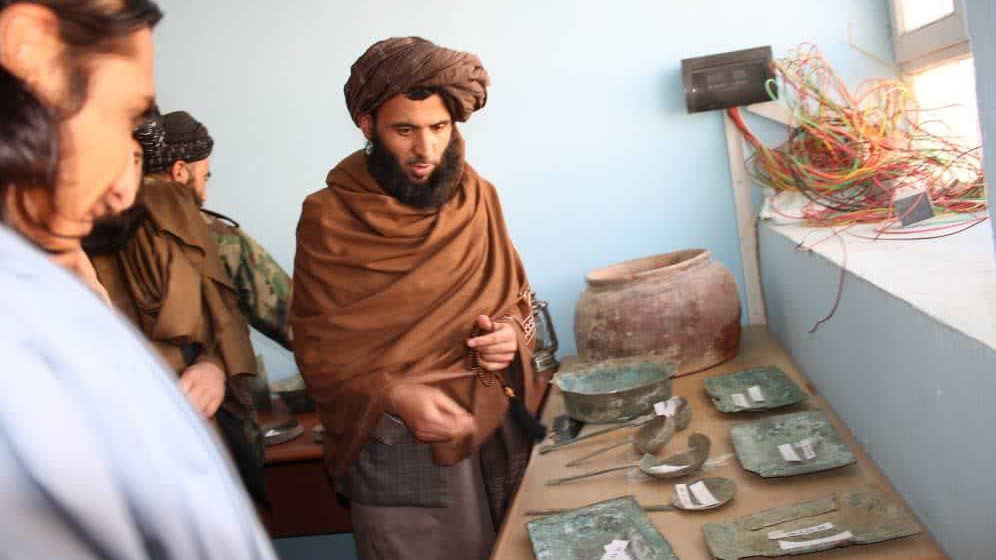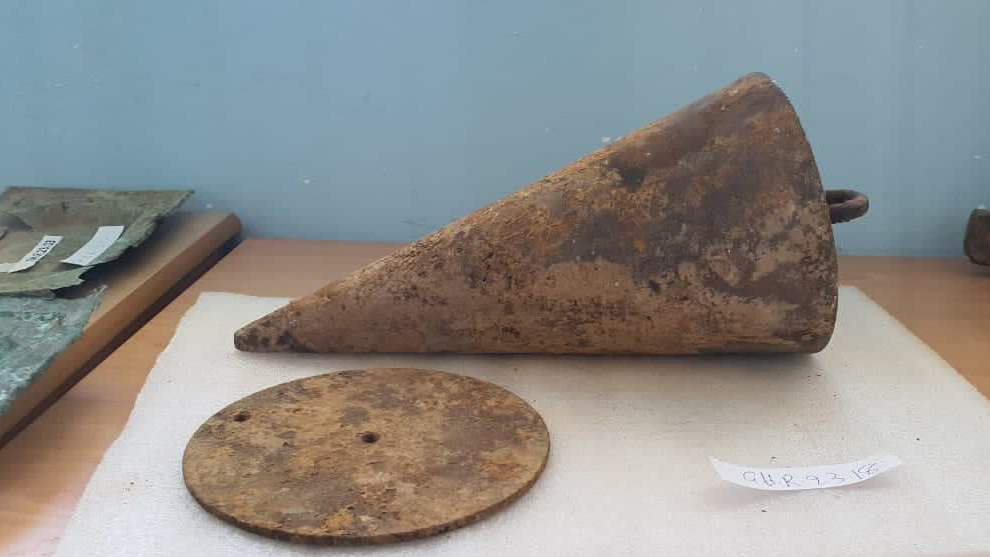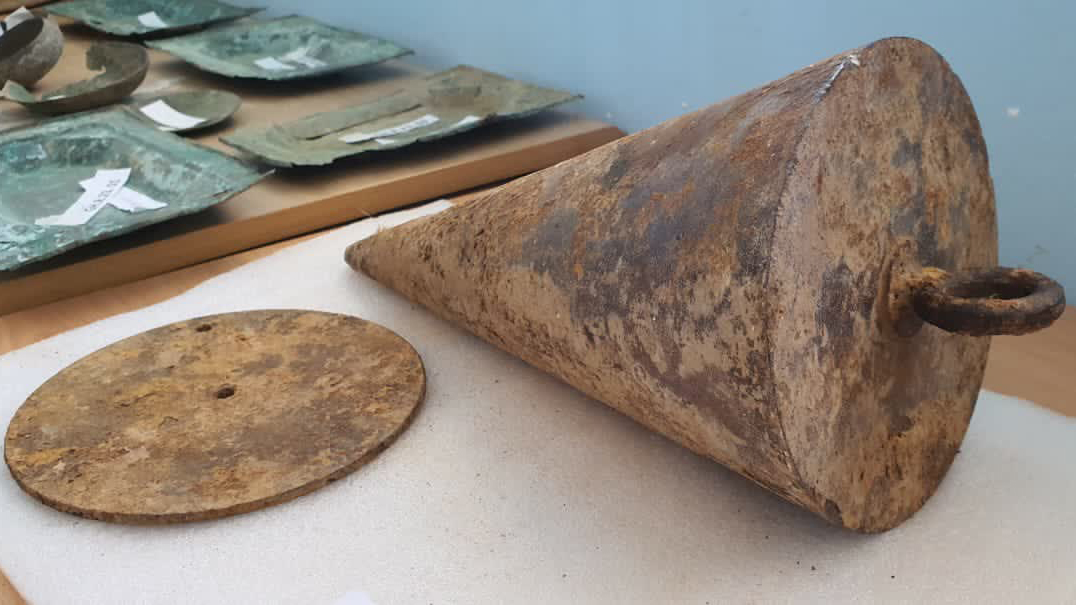Almost 170 artifacts have gone on display at a new museum in Firozkoh city in central Ghor province in Afghanistan – showcasing some of the country’s rich history.
The Taliban-run information and culture directorate for Ghor said that the antiquities date back to the pre- and post Islamic Golden Age.
The Islamic Golden Age was an era from the 8th to 14th century marked by the expansion of Islam throughout North Africa, the Middle East, Central Asia and Southern Europe, during which there was a great flourishing in the arts, commerce and science.
Ghor province was at the center of this expansion and as such is steeped in history. It boasts many historical monuments that date back centuries – including the Minaret of Jam and hundreds of forts.
The Minaret of Jam is itself a UNESCO World Heritage Site and is located in a remote and nearly inaccessible region of the Shahrak District, but is in desperate need of repairs.

The new museum has however brought some hope to local residents who this week welcomed the initiative and said that in the past, relics discovered in the province left the area and were displayed in other cities due to the absence of a museum.
One Ghor resident, Mohammad Yasin Azhand, said: “Ghor is one of Afghanistan’s ancient and historical provinces. Great kings have lived in the province and many artifacts of those periods remain in Ghor province.”
“There are many historical monuments and inscriptions in the forts. Unfortunately, in the past, historical artifacts found in Ghor were sent to other provinces for display, because there was no place to display historical artifacts in this province,” Azhand said.

A keen historian, Azhand has done many studies on Afghanistan’s antiquities, and said: “There was a need for a museum [in Ghor]. The people of Ghor can see the monuments and tourists can also visit and learn about the history of this province.”
Artifacts from the Ghurid sultanate and Ghaznavid Empire
The Taliban provincial officials said that they have discovered relics dating back to the Ghurid Sultanate, a dynasty that ruled Ghor from the 10th-century to 1215. The Taliban officials also said they have found artifacts from the Ghaznavid Empire, which existed between 977 and 1186. According to them, the artifacts were found at different locations around the province and at the Minaret of Jam.
Nizamuddin Nizami, the director of the Ghor Museum, said: “We opened the Museum of Ghor province to preserve and care for the antiquities. In this museum, we have 169 pieces of ancient artifacts related to the period of Ghaznavid and the sultans of the Ghurid Empire.”
The Taliban added that they hope to be able to collect more artifacts from different parts of this province and add them to the collection that is now on display.The residents of Ghor also stated that they hope that now there is a museum, serious steps will be taken to preserve and maintain other ancient artifacts and monuments in this province.





